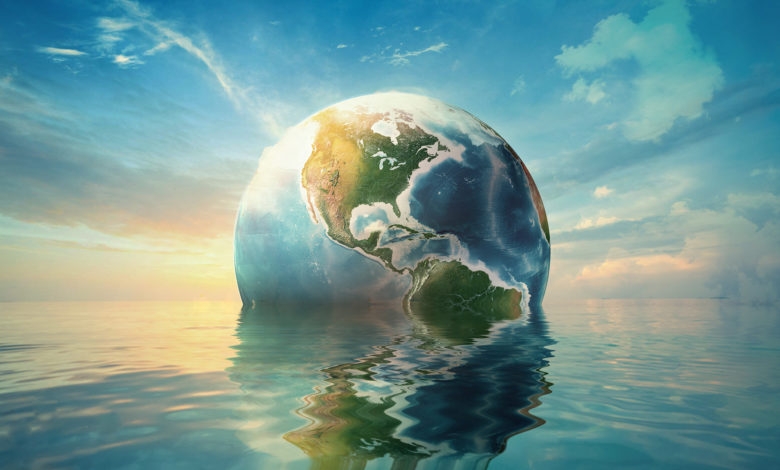Is ground water safe to drink ?
Dr. Rohan Weerasooriya NIFS - Kandy

Water
Water is unique! At ambient temperatures, it occurs in all three states-liquid, solid, and gas. Water has its maximum density at temperatures above the freezing point (which contradicts known scientific norms); if water does not behave this way, there is no life in the world. Water is a “universal solvent”. Wherever water goes, it carries chemicals, minerals, and nutrients. Protein folding required for body messaging occurs by continuous Hydrogen bond breaking and forming mechanism with the water. Over 70 to 75% of the human body consists of water, and all human activities intimately relate to the water.
Water Distribution
The clean water supply on the Earth is finite. The precious water resource is under stress by pollution. Do not take clean water for granted. Clean water is vital in all aspects of life. We count on clean water to divine our souls. Water belongs to the entire world, from streams to oceans, creeks and waterfalls, rivers and lakes. The wetlands are filled with vegetation and the pure waters running from glaciers and deep waters- springs and ground water often invisible. Water knows no political boundaries and, whether we like or not, water crosses them freely.
Water for All Program
The United Nations (UNSDG 6) declared `Clean Water and Sanitation for the entire world by 2030’. The Government of Sri Lanka has accelerated the UNSDG 6 by declaring the provision of safe drinking water to the entire nation by 2025 under its “Water for All” program. According to this program, the provision of clean water to the entire nation without any discrimination is at the highest priority in all development plans of Sri Lanka. The Government of Sri Lanka has committed to providing safe drinking water to the entire nation by 2025, and 1 trillion LKR has been set aside.
Can Sri Lankan Government Achieve this Ambitious Target?
With a nearly 22 million population, Sri Lanka is not a water-scarce nation! However, the distribution of water resources is uneven in Sri Lanka (as in other parts of the world), where potable water occurs in places where it is not needed. According to National Water Supply and Drainage Board, presently, 44% of the Sri Lankan population has access to pipe-borne water, 3% has access to hand-pumped tube wells, 36% have access to protected dug wells, and 1% of the population uses rain water harvesting systems. The remaining 16% of the population does not have access to safe water sources. Therefore, over three million people, mostly living in the dry zone of Sri Lanka, experiencing acute water stress due to high salinity which results in palatability problems that requires rapid strategic solutions short circuiting routine protocols. To date, the policy makers, engineers, academicians, industrialists, and technologists alike are aware about the acute water problem in the dry zone; the underlying water quality and management issues are fairly well known. Although not sustainable in Sri Lanka, the appropriate remedial measures are also available. Unfortunately, the water problems in dry zone largely remain unsolved to date. The salinity of the dry zone water is largely governed by the presence of SiO2, Na+, K+, Ca2+, Mg2+, SO₄²–, Cl– HCO-₃ , NO₃–
Too much Fluorides
High fluoride in water is readily apparent by tooth mottling in children. Therefore, the authorities prompted to treat excess fluoride from water without treating salinity. The final product thus is the fluoride- free water which is still unpalatable. When removing a charged species, oppositely charged species in water are adjusted to maintain charge balance. Therefore, we assume that water desalination must be addressed first before treating fluoride or other trace constituents. If required, additional treatment steps can be introduced to remove trace species.
To be continued …



